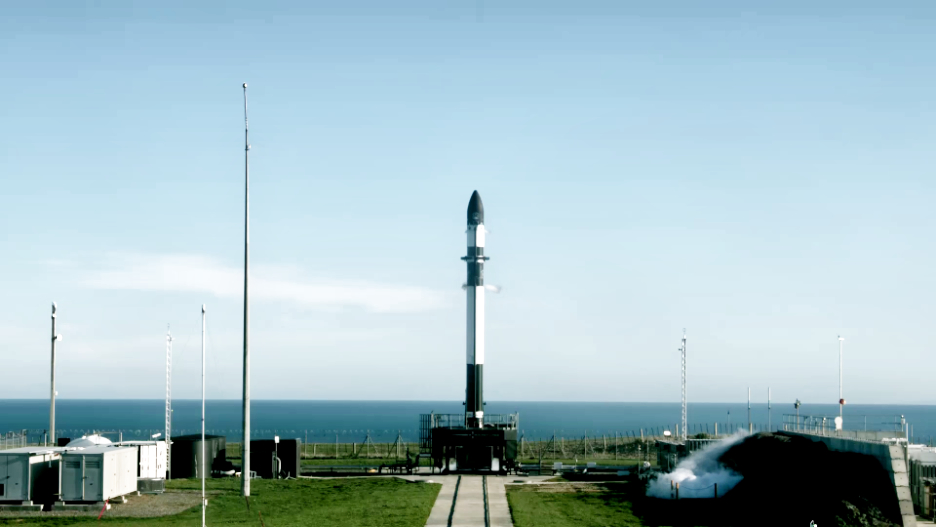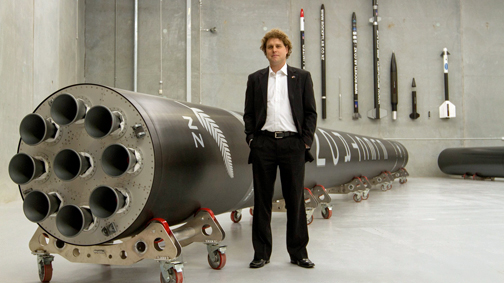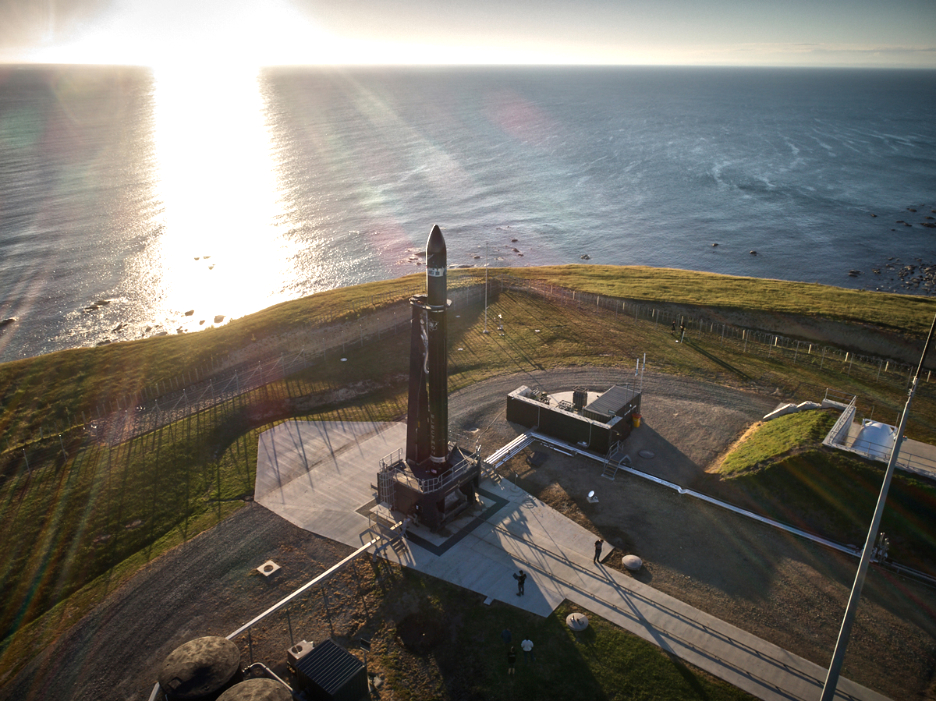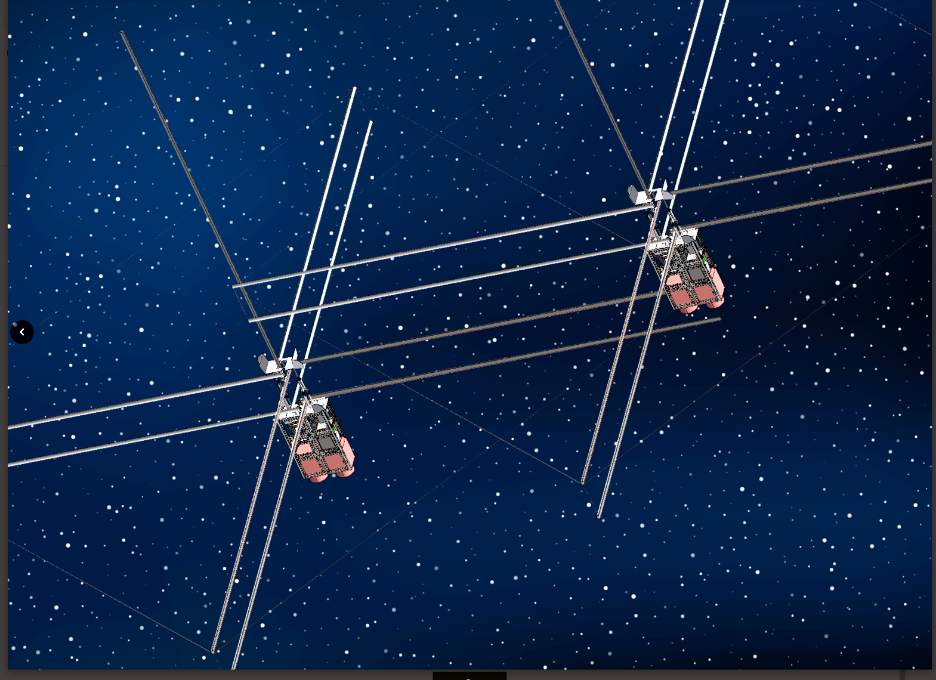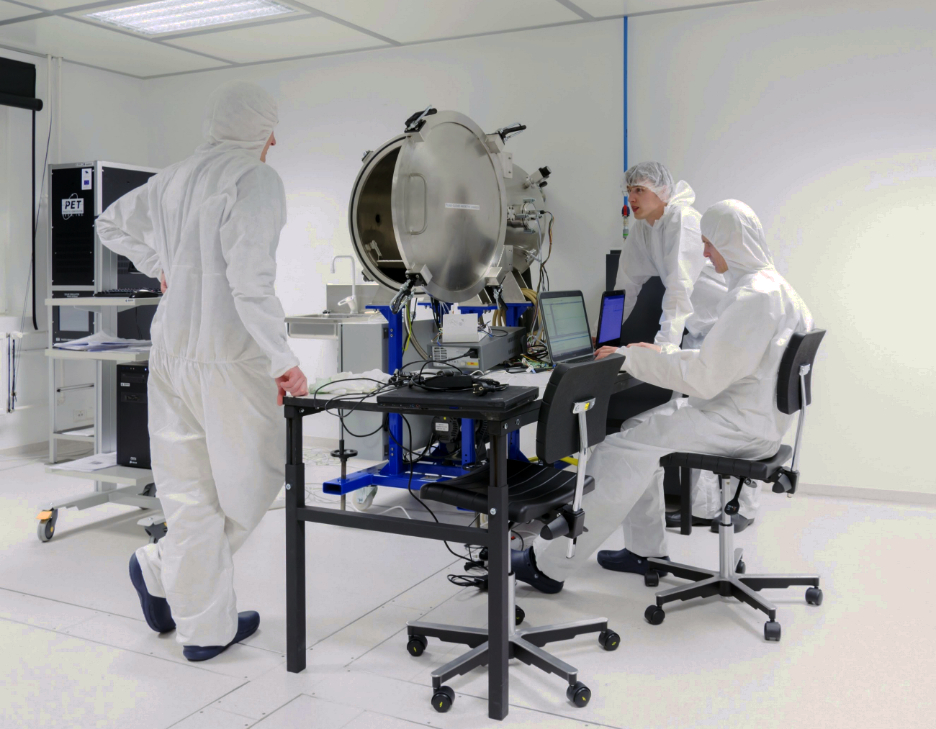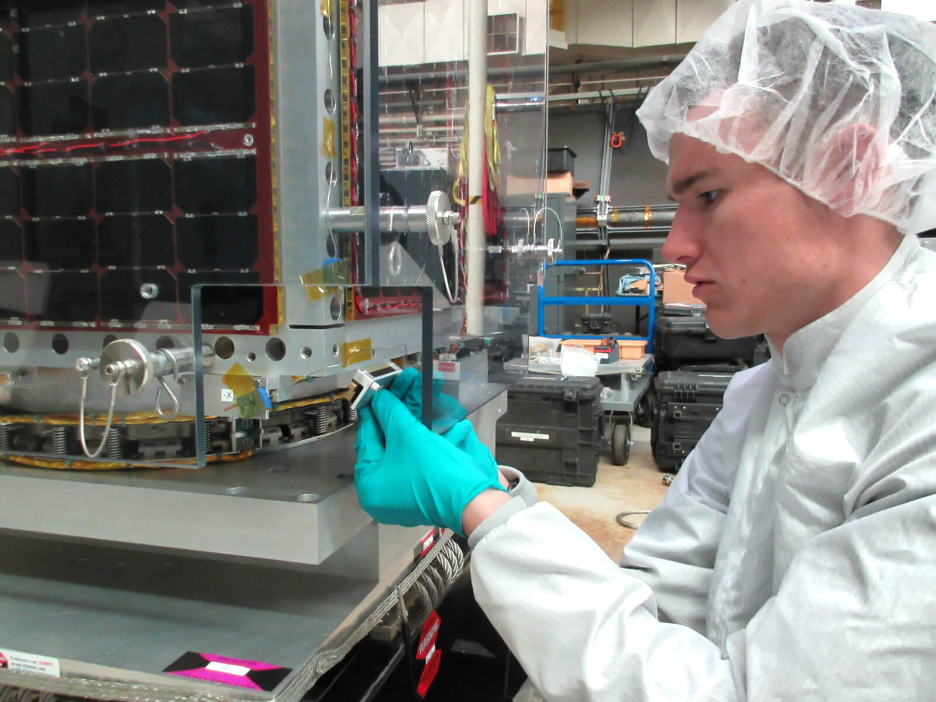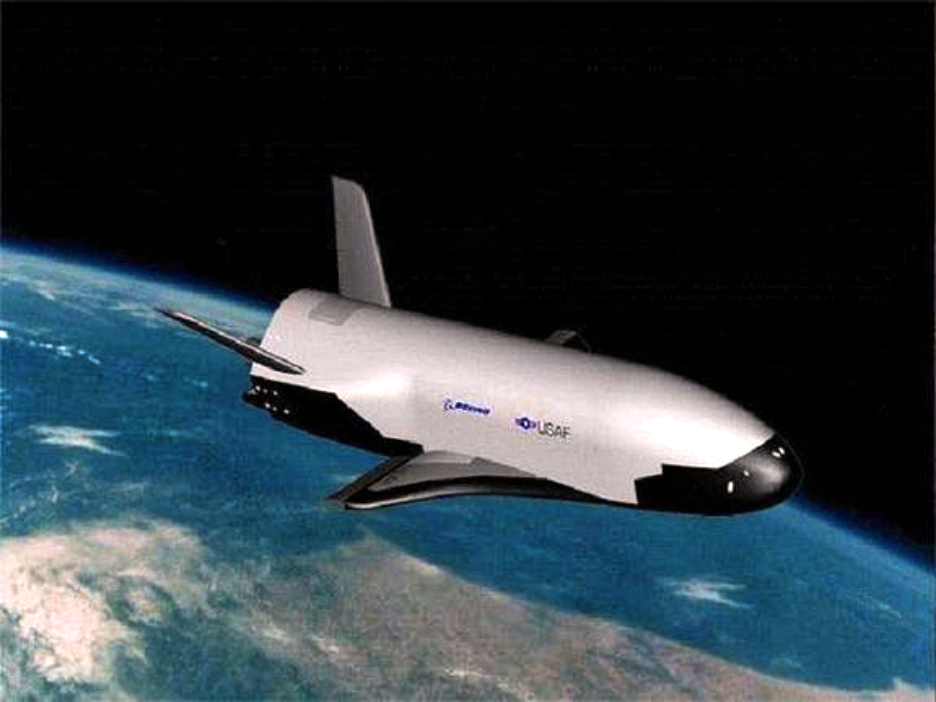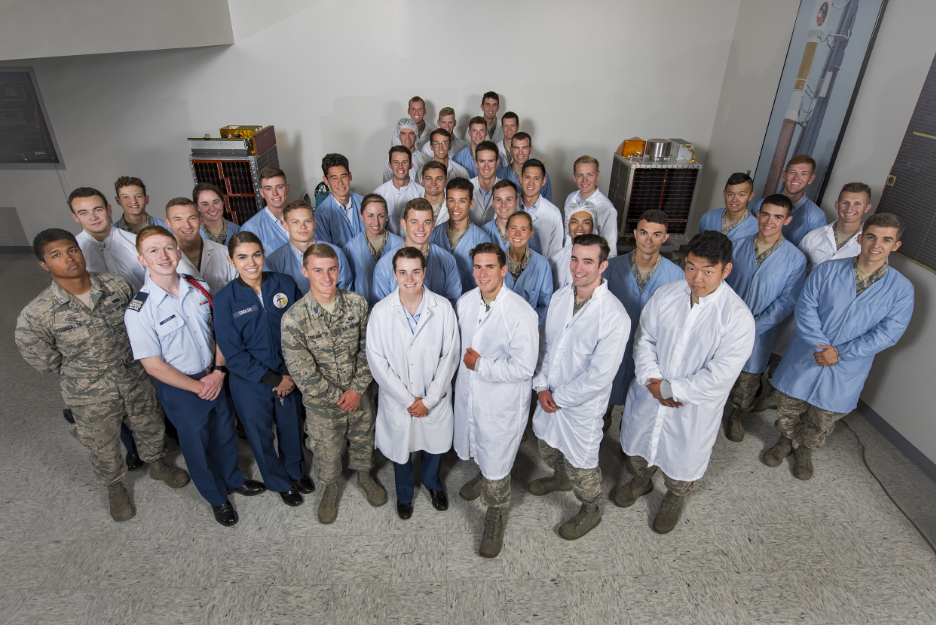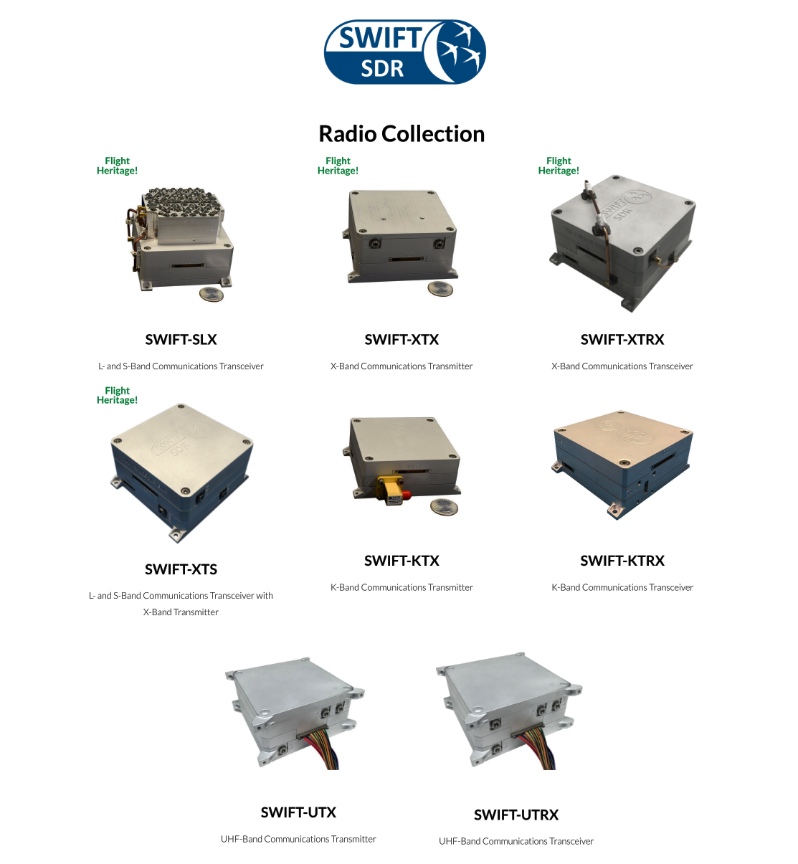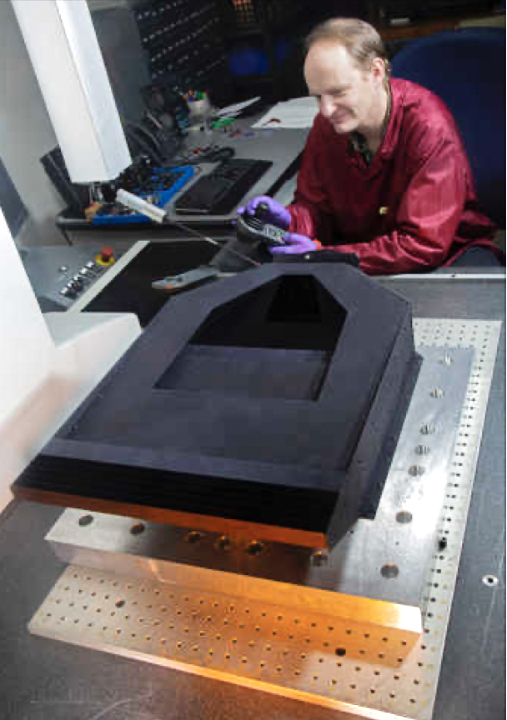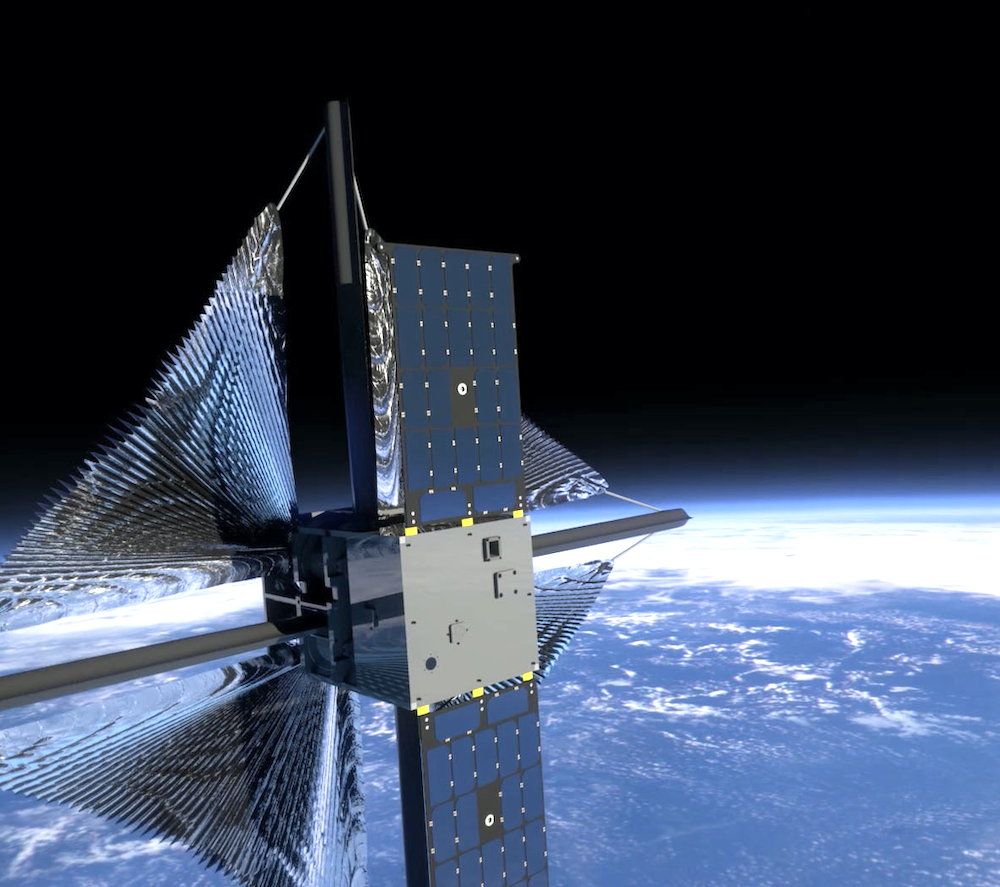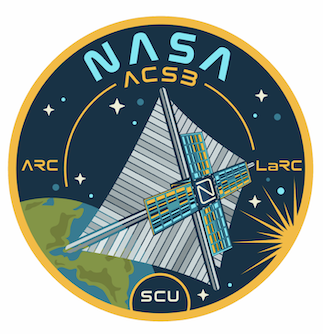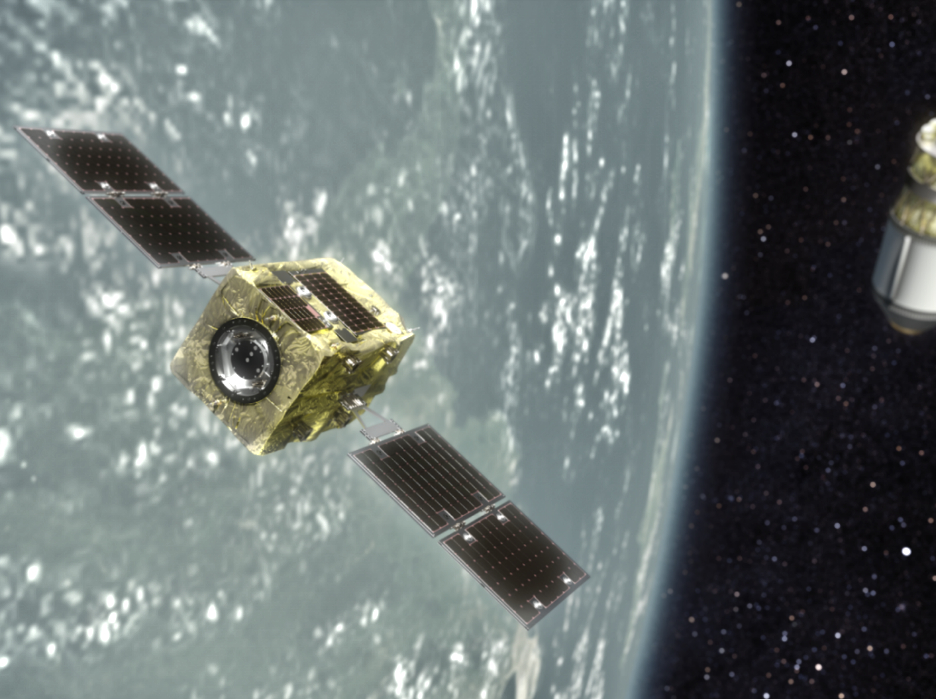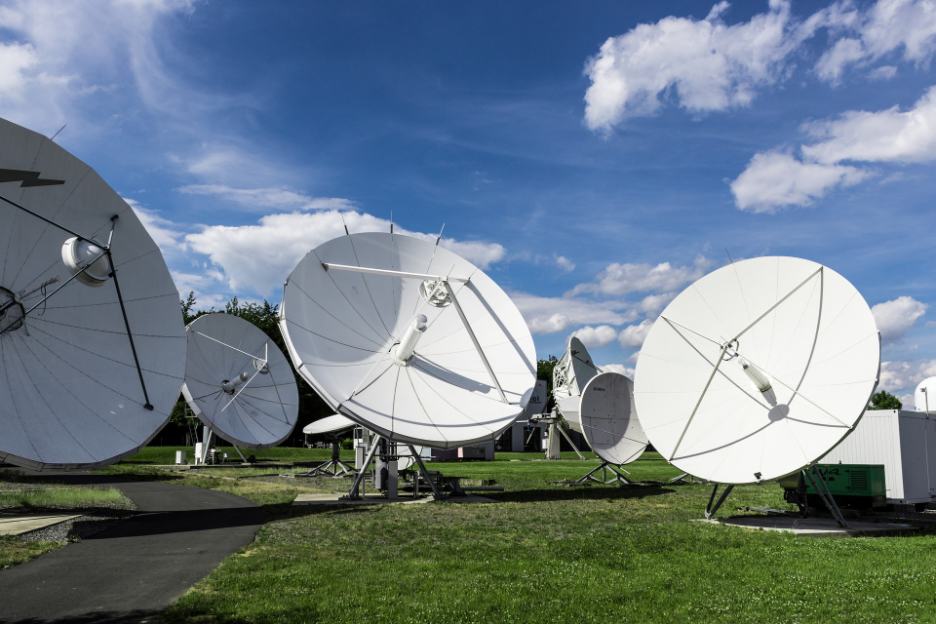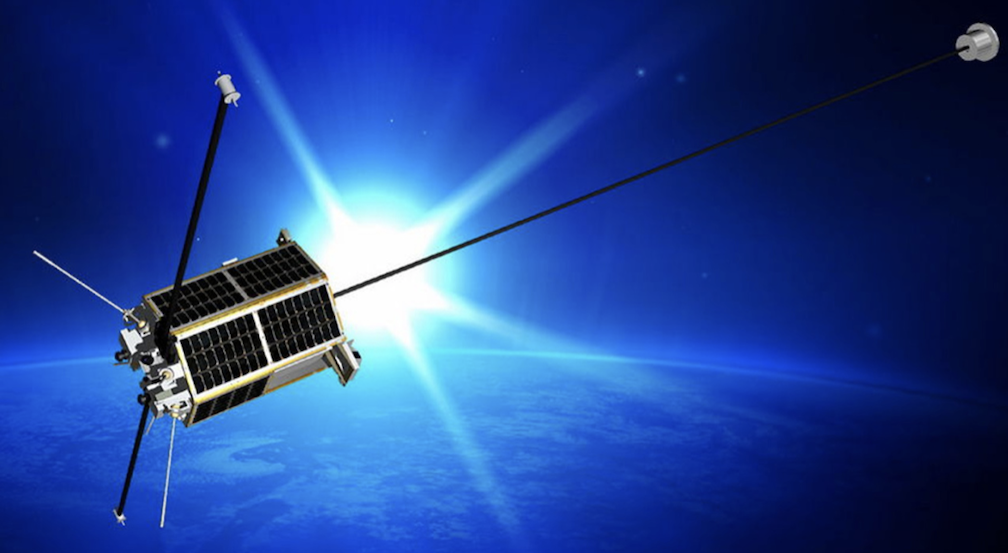
Artist impression of DOSAAF-85/RS-44 flying free but seems to be still attached to Breeze K/M rocket body
The amateur radio linear transponder (SSB/CW) payload on the Russian satellite DOSAAF-85 (RS-44) has been activated.
Dmitry Pashkov R4UAB reports:
DOSAAF-85 is a small scientific satellite created by specialists of the company Information Satellite Systems (ISS) Reshetnev and students of the Siberian State Aerospace University (SibSAU) Krasnoyarsk.

DOSAAF-85 / RS-44 under construction
The satellite is named after the 85th anniversary of the Voluntary Society for the Assistance to the Army, Aviation and Navy, the organization responsible for the military training of Soviet youth.
The DOSAAF-85 satellite is designed to provide amateur radio communications, as well as to develop promising technologies. This is the third satellite that was created by specialists of ISS-Reshetnev and is based on the Yubileyniy platform, which features a hexagonal prism structure with body mounted solar cells.

DOSAAF-95 / RS-44 Antennas, 435 MHz top 145 MHz bottom
The satellite was launched into orbit on December 26, 2019 from the Plesetsk Cosmodrome and is in an elliptical orbit with a perigee of 1175 km, an apogee of 1511 km and an inclination of 82.5 degrees.
Transmitter power: 5 watts
Beacon: 435.605 MHz – transmits CW call sign RS44
Inverting transponder:
Earth-to-Space: 145.965 MHz +/- 30 kHz
Space-to-Earth: 435.640 MHz +/- 30 kHz
Source Dmitry Pashkov R4UAB whose page also contains the satellite’s TLE, see
https://tinyurl.com/RussiaR4UAB
Peter 2M0SQL has added RS-44 to the AMSAT Live OSCAR Satellite Status Page at
https://www.amsat.org/status/
Linear Satellite Frequency Summary https://www.amsat.org/linear-satellite-frequency-summary/
RS-44 Pass Prediction http://amsat.org.ar/pass?satx=rs-44

